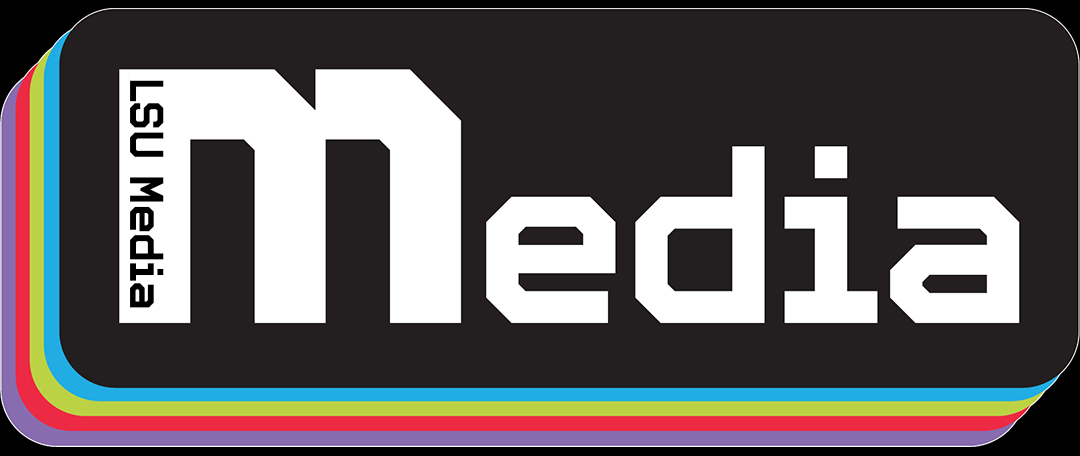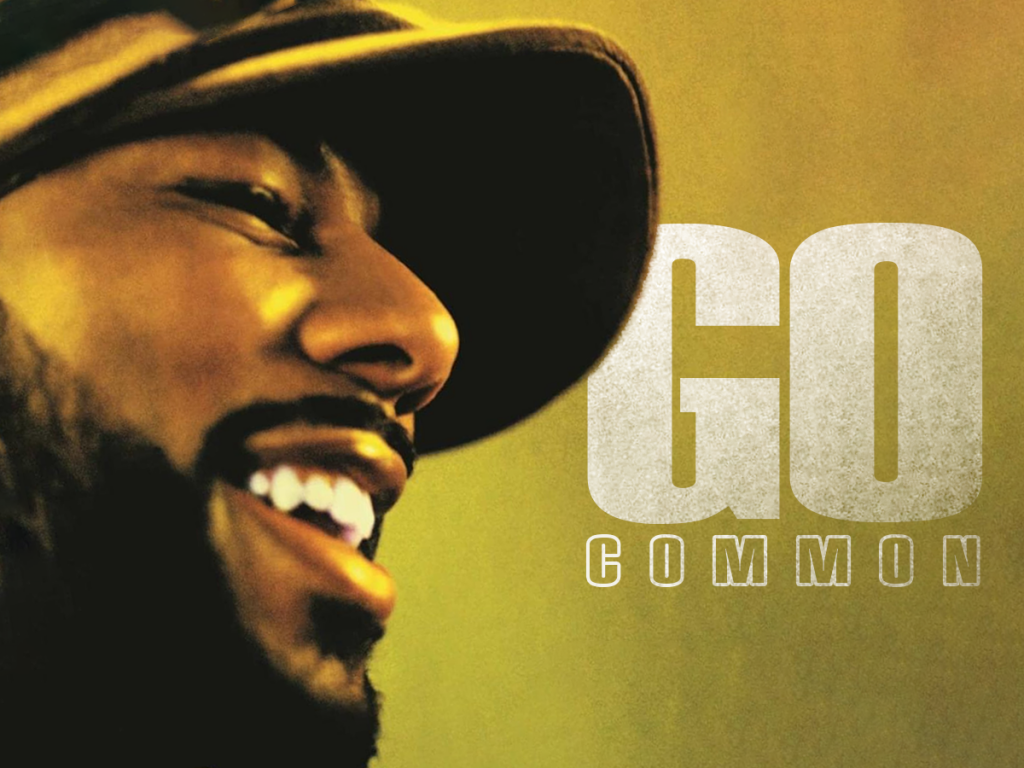In a series of rediscovering musical tracks and movements, Label volunteer Elizabeth Barek dives into “Go” by Common.
As the weather warms up and summer approaches, I have been revisiting some of Hip-Hop’s greatest summer tracks, and at the top of my list is “Go” by Lonnie Rashid Lynn, better known as Common. Released in 2005, this US Billboard Top 100 (#79) charter is a must-listen for anyone looking to get into the hip-hop mood for the season.
Common’s commercial hit “Go” from the highly praised album “Be” (2005), is an infectious tune filled with mellow and airy vibes that set the tone for a relaxing hip-hop summer. With Kanye’s production flair and catchy chorus (supported by John Mayer), “Go” is a simple yet polished tune, making it a great stepping stone for those looking to enter the world of Hip-Hop. Common’s fun and raunchy message from start to finish leaves much to the listener’s imagination as he describes his fantasy of a threesome with a church girl.
The track starts with a contagious chorus of Kanye’s adlibs and John Mayer’s layered vocals followed by Common’s effortless weaving of vivid imagery in his clever wordplay that pairs well with the happy-go-lucky melody in the following verses. Common showcases his masterful use of various literary devices. The lyrics are laced with hyperboles and double entendres, as seen in the line “Hot sex in the third degree,” where he exaggerates the intensity of the sexual experience as similar to a third-degree burn while alluding to a threesome. He also employs similes, such as “like rain when she came it poured,” and a metaphor, as heard in “Little red Corvette, nah she was faster,” which invites the listener to interpret his experience. The skilful implementation of literary devices adds a playful depth and nuance to the lyrics of “Go,” while remaining lighthearted in comparison to Track 4 of the discography, “Faithful,” which explores the same themes of religion and sex but delves into the conversational depth commonly found in hip-hop songs.
Despite having a limited range and pitch, Common’s vocal performance is elevated by his falling intonation and jazzy enunciations. This stylisation adds variety to the target rhymes that stick with the listener, as evidenced in the lines “We make love and then laughter / And anyway, I wanted I could have her / Said there were some girls that did attract her”. The vocal progression blends seamlessly with the mellow bassline, striking a perfect balance that avoids any brash or overpowering moments. The instrumental intervals and lyrics complement each other harmoniously resulting in a smooth and comfortable listening experience that consummates the chill summer sound.
Kanye West’s use of sampling across “Go” tactfully sets the foundation of the instrumentation through Linda Lewis’ “Old Smokey” while towards the end of the song, the scratch-like vocal chops from Beastie Boys’ “Slow and Low,” and A-Trak’s classic Hip-Hop scratching are also sampled to add a layer of variety to the otherwise repetitive melody. Num Amuntehu’s Djembe percussion enhances the song’s texture and perfectly signals the end of the song. Even Common’s interpolation of Ol’ Dirty Bastard’s ‘Shimmy Shimmy Ya’ from “Ooh Baby I like it raw-” to “Ooh baby she liked it raw-” showcases another subtle use of sampling in the song. The mid-tempo beat and smooth composition create a perfect backdrop for Common’s silky voice to take centre-stage and enhance the vivid imagery of his sexual fantasies.
Despite the high-quality production and the contagious, summery rhythm, “Go” falls short of becoming a staple tune in Hip-Hop due to its heavy reliance on scene-setting lyrics, which even Common’s vocal cohesiveness can barely compensate for. Additionally, the lack of variation in lyrical depth and chord progression prevents the song from achieving classic Hip-Hop status despite its commercial success. Furthermore, John Mayer’s presence on the track is underwhelming. While his theme suggestion gave birth to the track, his talent is somewhat wasted as he only repeats “Go” throughout the song. His talent could have been utilised better to provide added variety, even if it had to be at the end.
Common’s “Go” may not meet the expectations of conscious rap enthusiasts, who typically expect hard-hitting themes as seen in the album’s Track 11 “It’s Your World – Part 1 & 2”, supported by J Dilla and a monologue by Common’s father. Instead, Common switches his direction for “Go” to showcase his views on sex, a change he explains is due to his belief that “Conscious Cats like sex too” as mentioned in a 2005 MTV interview. However, the lyrics, while not gritty or political, offer an honest portrayal of human nature.
“Go” may not be considered Common’s greatest track by his standards, but it is undoubtedly a certified summer relaxer and mood-lifter. The smooth lo-fi sound we know today is solidified by the use of parallel harmonies present in the song which creates a soft and rhythmic track that has a stronger impact on sunny days. While some listeners might find the track forgettable due to its lack of groundbreaking or innovative elements for the Hip-Hop scene, it still makes a great summer tune that showcases how Hip-Hop can exist in the mainstream and provide light and fun storytelling. Ultimately, the song’s impact and the emotions it elicits depend on personal preference.
Despite being a Billboard favourite and a staple of his live performances, “Go” lacks the depth and originality to stand out as a classic in the hip-hop scene. However, the song highlights his ability to create enjoyable hip-hop tracks that resonate with listeners and showcases the potential for commercial success in the genre.
Rating: 6.6/10
Article Edited by: Rebecca Pearson – Deputy Editor
Header Designed by: Sarim Mangi – Head of Design


